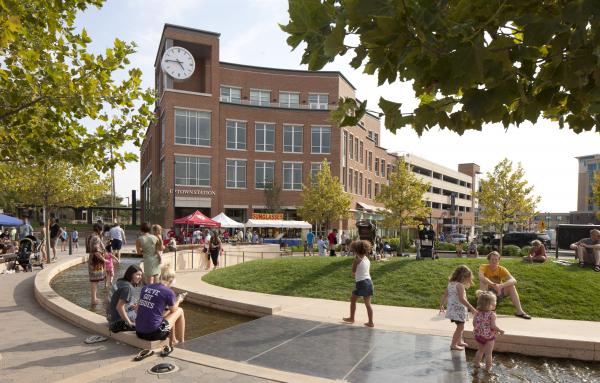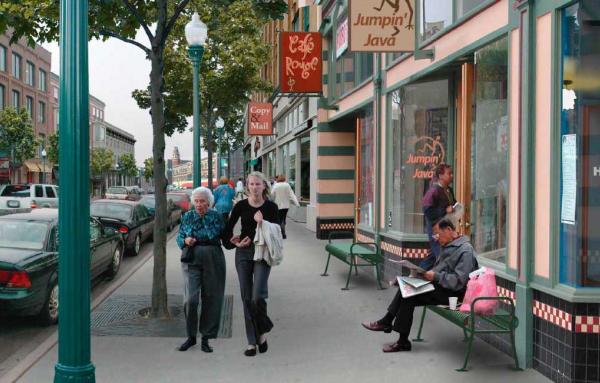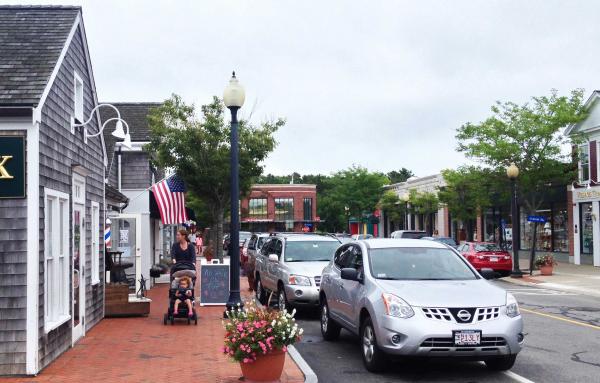
Great idea: Public housing that engages the city
In celebration of the 25th Congress for the New Urbanism, Public Square is running the series 25 Great Ideas of the New Urbanism. These ideas have been shaped by new urbanists and continue to influence cities, towns, and suburbs. The series is meant to inspire and challenge those working toward complete communities in the next quarter century.
In the late 20th Century, public housing in the US was a mess—routinely built in the form of "projects" that were symbols of crime-ridden, decaying cities. HUD leadership under then-secretary Henry Cisneros took the principles of new urban neighborhoods and low-income housing design and adopted them for the transformative HOPE VI program, which changed the face of public housing. These principles became standard for later federal programs like Choice Neighborhoods and similar initiatives in cities, yet the implementation of this idea continues to challenge designers and housing officials.
Public Square editor Robert Steuteville interviews Daniel Solomon, principal of Mithun/Solomon, and Murphy Antoine, principal of Torti Gallas + Partners, on public housing that engages the city, and current and future trends in low-income housing design.
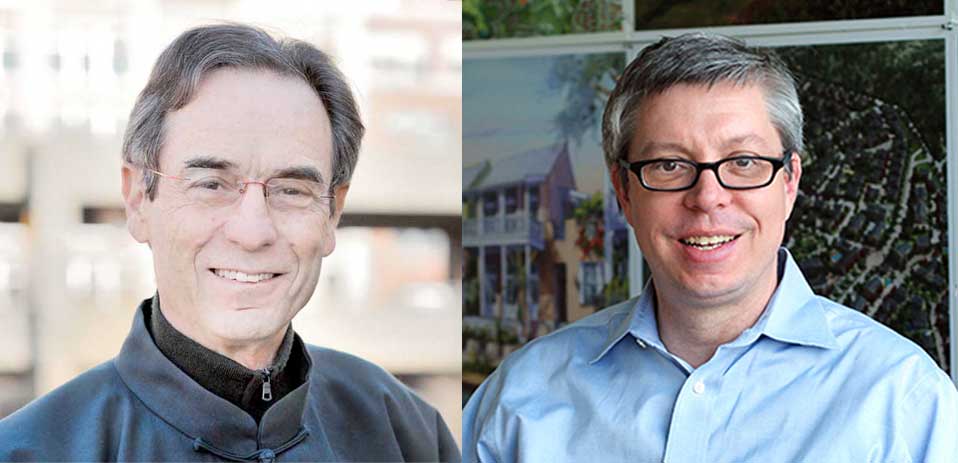
HOPE VI was arguably the most important and transformative public housing program in the last 50 years. New Urbanists spearheaded the design. So can you talk about the design and its importance to the program?
Solomon: The formulation of HOPE VI, from Henry Cisneros to Andrew Cuomo and Elinor Bacon was very much influenced by New Urbanism. Around the time of CNU’s formation, Cisneros toured public housing across the US and called public housing a national disgrace. He signed the Charter of the New Urbanism and gave a moving speech (at CNU IV in Charleston). He was a passionate supporter of New Urbanism ideas and made them central to HOPE VI.
Antoine: There was a recognition of the problem, a political will to do something, and the resources dedicated to it that crystallized as CNU emerged. There was clear intent from all involved, but it can also be seen as a happy accident of history.
Compared to any previous large housing or physical development policy program, CNU’s involvement and influence was unprecedented. Beyond numbers of units and volume, it was the quality of the homes, the plan, the environment, and the neighborhood—and how that connects and impacts people's lives.
These public housing projects that moved Cisneros had an extremely degraded and dysfunctional public realm. New Urbanists came in and tried to ennoble the public realm, making the housing units and streets as normal as possible to fit in with the city. What was the central difference that they made?
Solomon: The motivation was not the degrading of the public realm, it was the degrading of the people in the public housing, the danger they faced and the squalor and the stigma—and the entrapment of generations in those settings.
Yes, of course. New Urbanists brought in a different view of design focused on making the housing units a part of the city, not separate from it, designing neighborhoods, not, "projects.” Were these design solutions focused on trying to make the lives of the people better and bring them up?
Solomon: The schism between physical agenda and social agenda is artificial. Each is so integral to the other. I don't think any of us involved in the formulation of it, nor the recipients at HUD of this new culture, made that distinction between living patterns and physical design.
Antoine: It's true collaboration. The folks that understand the physical patterns and how they can support the change and folks that understand the social agendas each have an equal seat at the table for the solution. That was a change in the approach from the well-intended “housers” who had one focus on housing solutions. HOPE VI looked at it as a holistic problem.
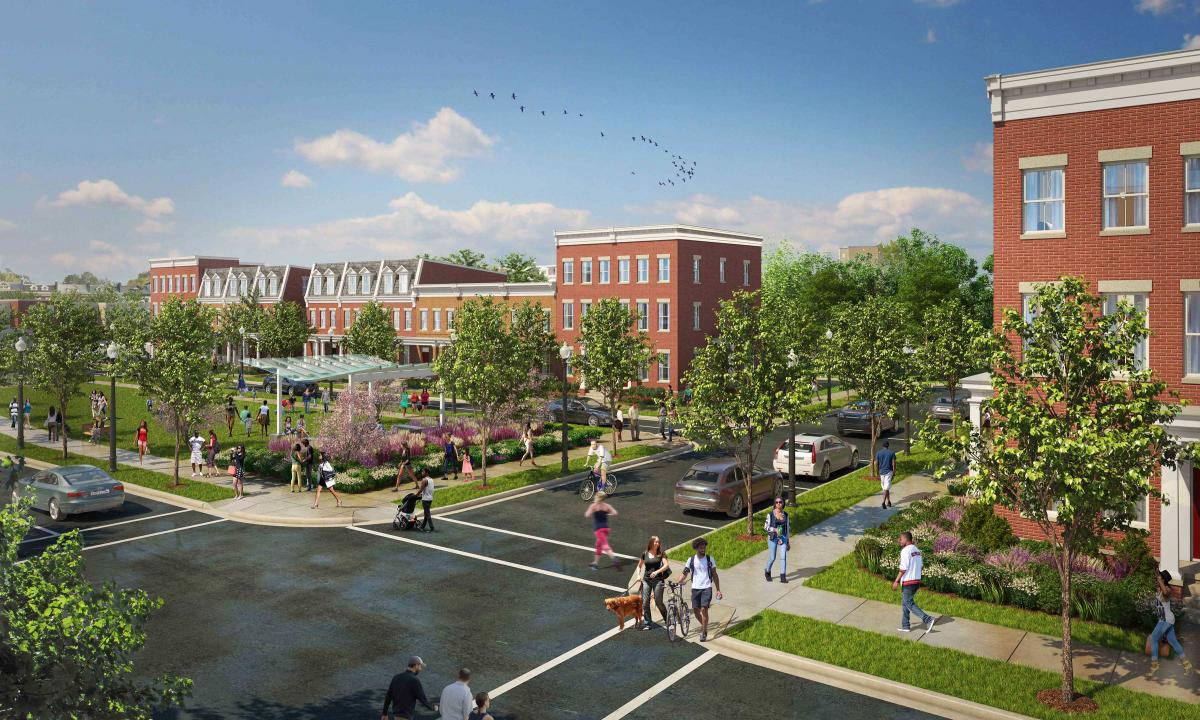
These two things had to come together. How do you figure out which changes made a difference in these projects? Or can you?
Antoine: The social agenda folks made clear that the physical solution would not work as the primary solution. It had to be part of a bigger set of approaches.
Solomon: While the New Urbanist contention about the impact of terrible physical design and environment on the lives of public housing tenants finally did get across to HUD and housing authorities, there was another side to the story. Elinor Bacon, the Deputy Undersecretary in Charge of HOPE VI made it clear to me. I’ll share two anecdotes on the eye-opening moments necessary to bridge the social and physical divide. At a Cisneros orchestrated event at Harvard, eight of us spoke to 400 HUD and public housing officials. Cisneros required them to be there. It was an utter disaster. We presented the standard litany of New Urbanist ideas and what we saw as the relationship between the social and physical condition. And it was bitterly resisted by this audience who saw it removing the last vestiges of the New Deal safety net, which they considered themselves the protectors of. They saw it as elitist. A year and a half later, HUD and all these housing authority officials had completely turned around. There was always a mystery on how that occurred.
I gave a talk on a couple of our HOPE VI public housing replacement projects at Maryland. Elinor Bacon heard the talk and responded, "You physical determinists have got it only half right." She said, "The public housing projects that you vilify, that came out of Catherine Bauer and the Wagner-Steagall Act in 1937 were fine. The projects were fine until 1969, when the Brooke Amendment chased people on the rise and the middle class out of public housing and made public housing the exclusive domain of the poorest of the poor. And that's when they fell apart. The Brooks Amendment did more damage than the physical design ever did in the first place. The policy portion was at least of equal importance to the physical."
The big message is that our contribution – urban design and architecture – has been both essential and insufficient.
And HOPE VI has been controversial. Many projects did not replace the units on a one-to-one basis. Many took years to be built. There was displacement. There was also measurable success.
Solomon: In some places there was displacement. This was more true of initial projects than of recent projects. All the ones we've been involved with were 100 percent designed so nobody was displaced during construction, with elaborate programs of musical chairs so nobody had to move into other public housing projects because of issues of gang turf.
Antoine: I think that's right, but HOPE VI was a much bigger program than CNU firms’ work. Looking at total numbers, there's a lot of displacement overall. There were also a lot of lessons learned. You alluded to this as well, Dan, as the program evolved and we work on public housing replacement today, those valuable lessons are incorporated. But I think that it would be hard to deny that overall, a lot of people got lost in the shuffle. There has been genuine, heartfelt, and sincere work to address that, including Choice Neighborhoods. But as those lessons are learned, the resources and the political will to make it happen shrunk. So it's just not having the impact at the federal, national level that it once did, which is a shame because they're wonderful projects.
Solomon: Absolutely right. Last year, Choice Neighborhoods' budget was $109 million, or something like that, for the country?
Antoine: That's right. Three projects for the country, and at HOPE VI’s height, it was 20, 25 projects. It is always a trickle to address the problem. The projects are complicated and take a long time.
Choice Neighborhoods, begun under Obama, is a newer version of HOPE VI that requires one-to-one replacement of public housing and looks at sustainability of surrounding neighborhoods. How did this program change the approach and take the ideas to a different level?
Antoine: Choice Neighborhoods made a big difference. With one-to-one replacement, there’s no net loss of dedicated and affordable housing units. In the past, transforming the neighborhood around it required a long wait for market forces.
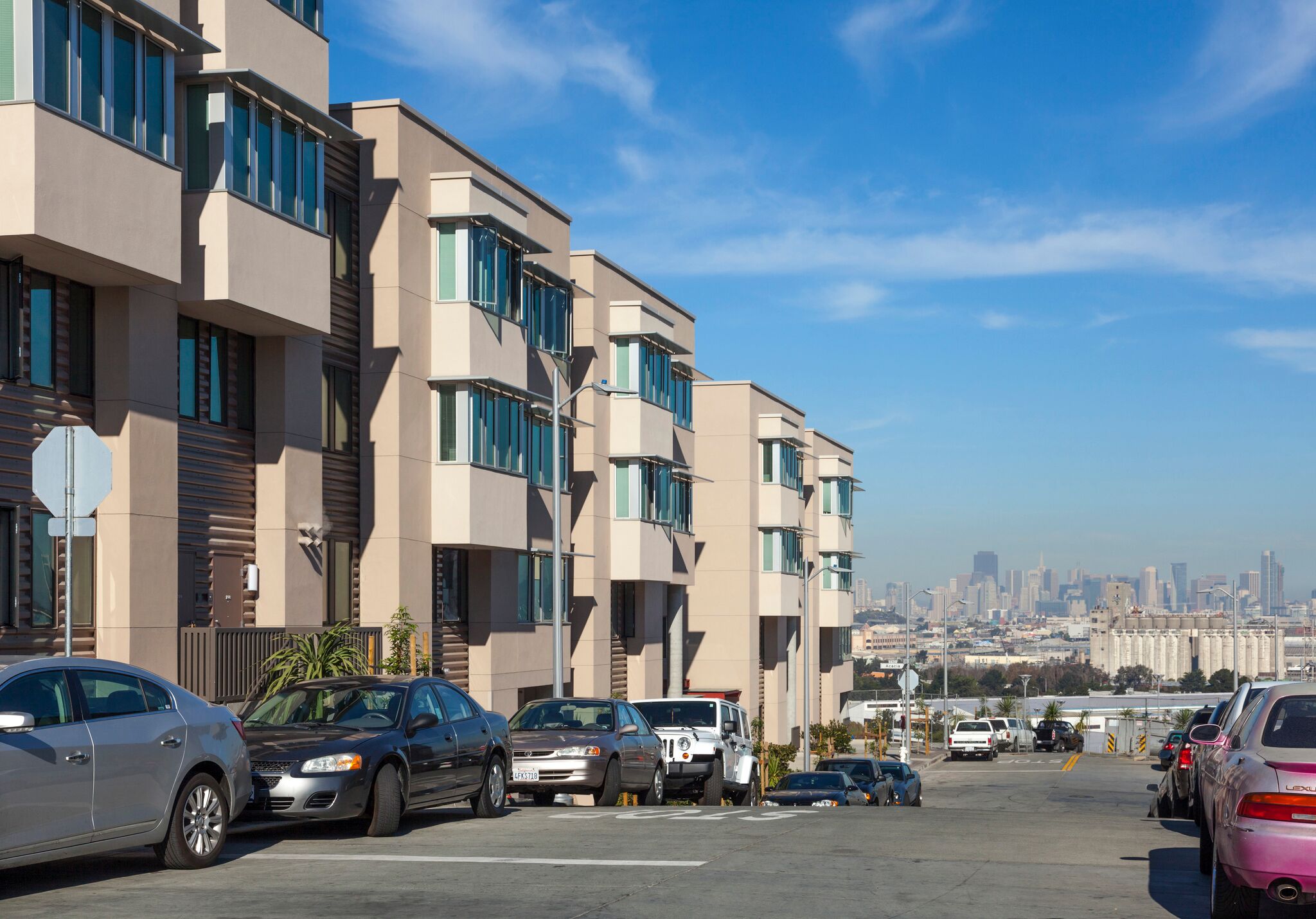
Solomon: There is a negative aspect to the broad ambitions of Choice Neighborhoods: it sometimes squelches initiatives of housing authorities because they just don't have the reach politically to control land outside of project boundaries. It has the right idea, and if it had money behind it, it would have real leverage to cross the jealously guarded turf of school districts, redevelopment agencies, and housing authorities that are mutually antagonistic for generations.
Antoine: If the money was there, it would attract more people to it. The money's not there because there's no leadership at the national level.
The criticism looks at projects that weren't built or took decades to be built. But there were measurable successes as well.
Antoine: Absolutely, and continue to be. But it's more atomized now, the places that can make it happen. It's much more reliant on local and state funding and strong housing authorities, strong mayors, and strong leadership—and so other places get left behind. Smaller cities like Niagara Falls get left behind.
Solomon: San Francisco has a program called HOPE SF—the initial phases of it are hugely successful.
Antoine: And DC has the New Communities Initiative and Boston has the real estate values to make it happen. But there are still a lot of places getting left behind, that can't harness those market forces to make a difference.
You're mentioning some city programs that I assume are still using some of these New Urbanist design principles.
Solomon: Starting after that Harvard event and the miraculous transformation that occurred over the next couple of years, the values of the CNU Charter have been completely acculturated into the world of housing bureaucrats, planning departments and some politicians. The de-concentration of poverty, the integration of neighborhoods physically and socially, the respect for local architectural traditions and making local citizens out of public housing tenants—All of those things which were the gospel according to New Urbanism in the '90s are now just conventional thinking. You cannot find a public housing bureaucrat or redevelopment official who doesn't accept those ideas.
Antoine: Dan's absolutely right, it's part of the culture in the bureaucracy and the staffing, and even in financing. There’s a great expertise now nationwide in financing these projects—using low-income housing tax credits in different ways.
Could you talk about innovative projects you've seen in this area and explain why they're innovative and important today?
Antoine: In DC, we're working on a project funded through a city program called the New Communities Initiative. It's a partnership between the city’s housing authority and economic development office. This particular effort uses surplus land where a school was torn down 10 years ago. It's three blocks away from the public housing project. Building on that land allows people to start moving off the public housing site. But everybody is within the neighborhood. We're doing a similar one in Richmond, Virginia, that's all tax credits—no HOPE VI. It’s using a vacant high school that sat empty for 20 years across the street from the public housing. The housing authority is partnering with the city and public school system to rebuild without displacing people.
So what are the really good projects—potential Charter Winners—on the horizon?
Antoine: One we worked on in Milwaukee, Westlawn, got a Charter Award for the first phase that was done entirely with Wisconsin state tax credits. The success of that part attracted a Choice Neighborhoods grant. It's an amazing story. (Former mayor and CNU President) John Norquist's leadership and HOPE VI projects he facilitated there created a culture where the housing authority acts as its own developer.
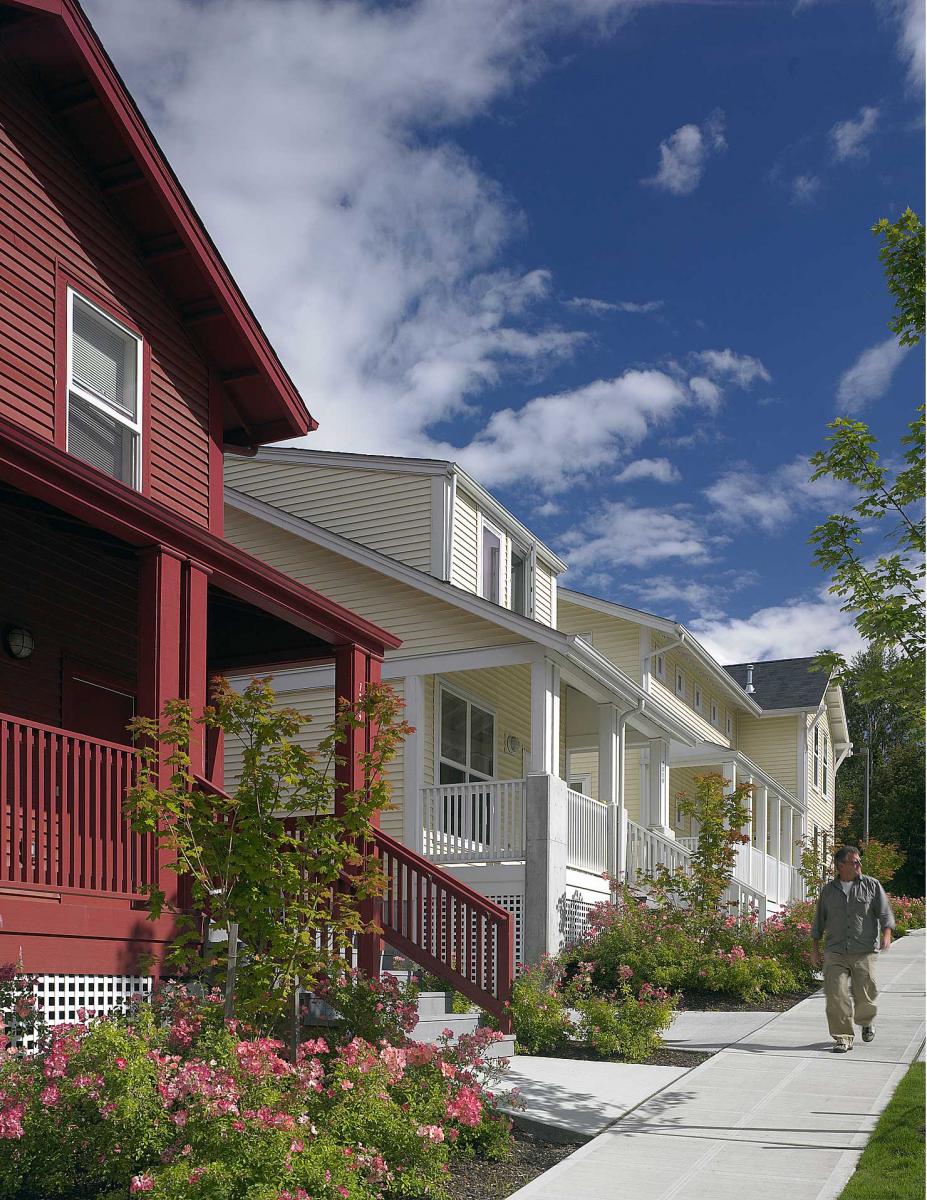
Solomon: Seattle has done that for quite a while. Seattle has developers who went to work for the Housing Authority—And now they've done a whole series of projects on their own—beautifully designed projects.
Antoine: There's another one in San Francisco called "Alice Griffith," which is Choice Neighborhoods. There are many overlapping New Urbanist firms involved in these projects. Some people do grant work or master plan work. And other folks do implementation. It’s a small world where lots of hands touch these projects.
We’ve had HOPE VI and now Choice Neighborhoods. What's the next big idea to transform public or subsidized housing in the years to come?
Solomon: I'll tell you where the next big idea is needed—to house 650,000 homeless in the United States. It’s a confluence of mental health funding, an opioid epidemic, and homelessness. It is the next national disgrace.
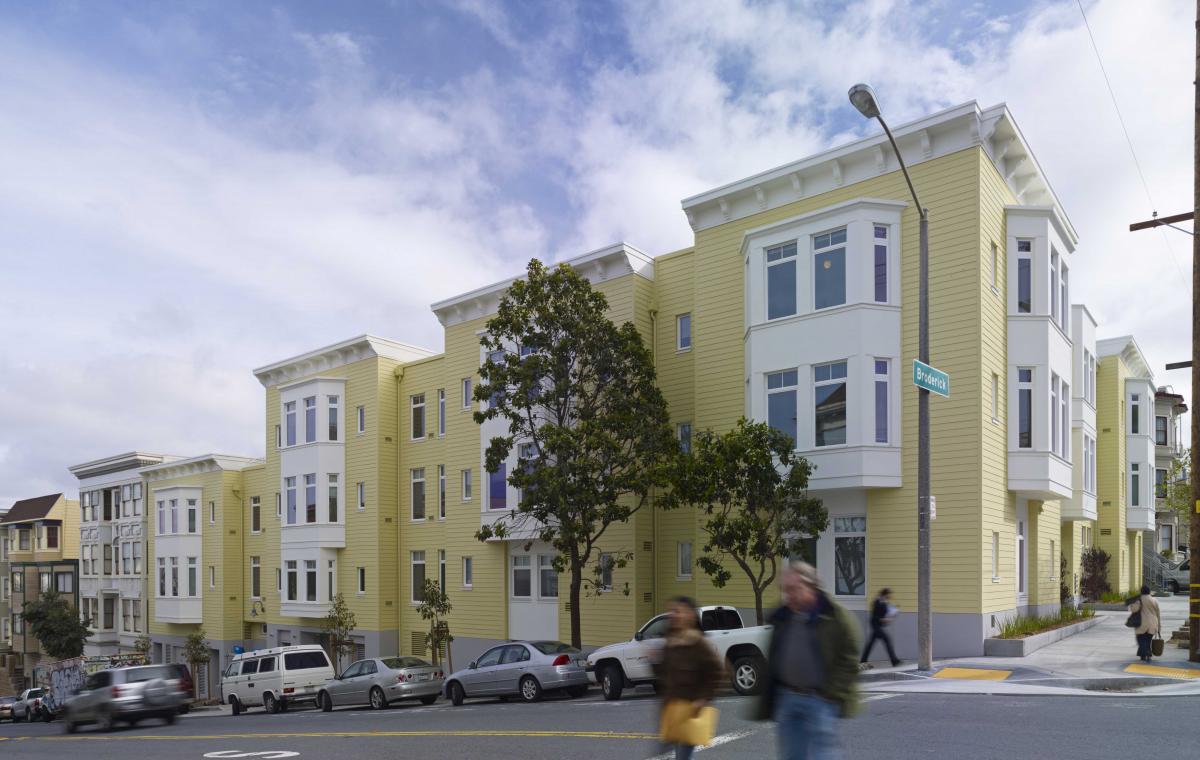
What can urbanists bring to that discussion?
Antoine: The kinds of housing types and neighborhood-making pieces to address homeless population are different from those that address families. HOPE VI was largely about families and seniors.
Solomon: We designed supportive housing for 50 homeless. It was a huge success, but the building houses only 50 of San Francisco's 6,600 homeless. San Francisco has a trickle program of 300 units a year of supportive housing that addresses the longest homeless first. The addicted and mentally ill get first crack at these programs, and the transformations and the lack of recidivism is astonishing. They're successful because of the whole range of social services going with permanent supportive housing.
Antoine: With homeless, it’s a different housing type, they could be single-room occupancy. With one-for-one replacement of Choice Neighborhoods we're seeing density increases creating different typologies in communities and that is where New Urbanists come in.
Solomon: Even though typologically the supportive housing is completely different from the surrounding neighborhoods, design can create a seamless blend.
Antoine: The other challenge is straight-up affordable housing that's not very, very low-income public housing. The mixed-income aspects of Choice Neighborhoods helps, but this is something that lots of communities are struggling with—how to house our cops, our firemen, our teachers, our nurses, just straight-up workforce housing.
Solomon: That's a phenomenon of every successful city. As cities succeed, they displace the people at the heart of their economy. That's a huge unsolved issue that many are grappling with.
HOPE VI and Choice Neighborhoods were and are urban housing programs that mainly dealt with central cities, but much of the poverty is moving to the suburbs. How do you address that from a design standpoint?
Solomon: In Atlanta, they have HOPE VI projects in a suburban context, and they replicated the surrounding typology of pseudo-colonial tract houses surrounded by fences, because that is the typology of the Atlanta suburbs. Is that a success or failure?
Antoine: We use a phrase in our office—“critical contextualism.” Just because it's across the street doesn't mean you should replicate it. It's the aspiration that you replicate. And it could be three miles away, but it's the neighborhood everybody knows and wants to be in.
So what would a successful public housing project in the suburbs look like?
Solomon: I would turn the question back on you and say it's not a fair question because there's no universal answers. There are particular answers to particular places. In some suburbs you find an architectural heritage and use it as a hook, and some you can't. I don't think we should aspire to cookie-cutter new urban solutions for suburban public housing because it's too general a category.
Antoine: It is a subset of suburban retrofit in general.
Solomon: I don't think suburban retrofit acts in the general sense. It's an infinite number of highly particular place driven problems. New Urbanism can contribute the ability to look at the particular problem and identify and extract the positive cultural qualities to nurture.
One reason why public housing in the form of a neighborhood is a great idea is its impact beyond public housing. It started as HOPE VI, but now it has become conventional wisdom within an entire industry. Is that the way you look at it?
Antoine: It has captured the imagination of some really smart and talented people who put their mind to making a difference, and you can see it all over the country.





